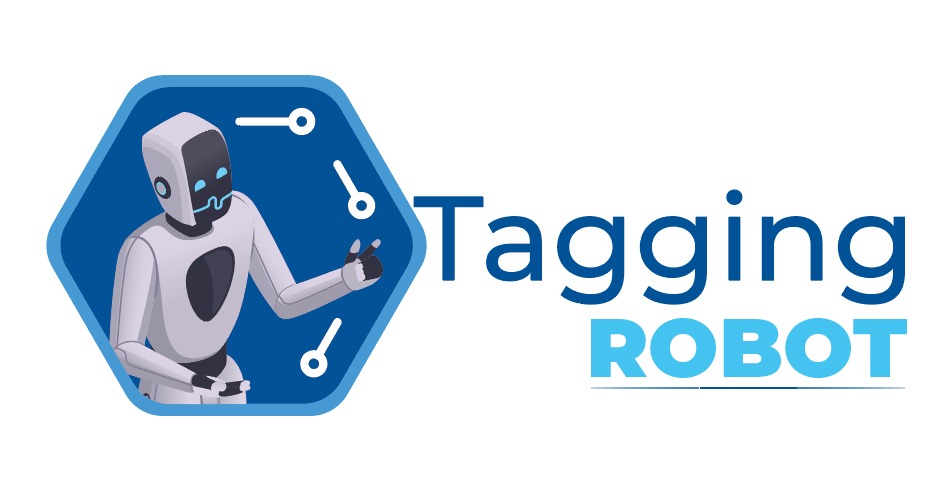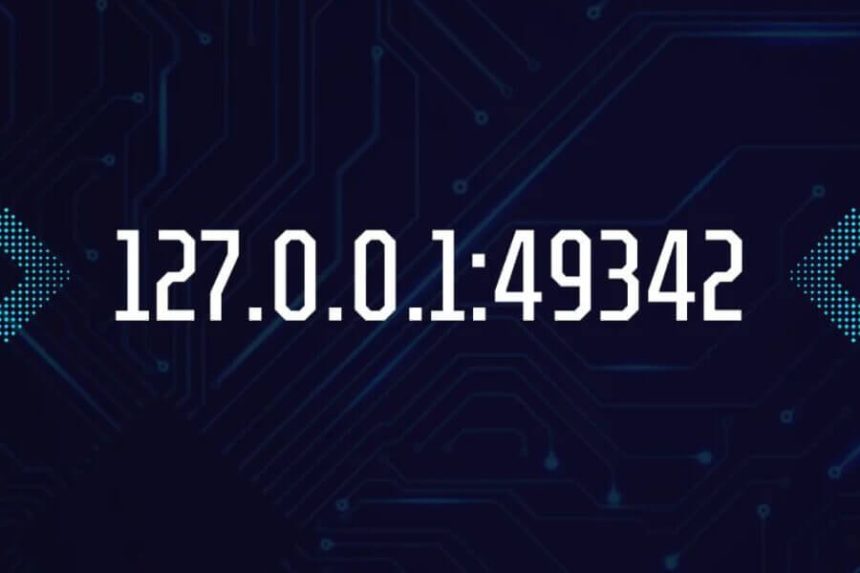Introduction
In the realm of networking, certain addresses and ports hold special significance. One such address is 127.0.0.1, commonly known as the loopback address or localhost. When combined with a port number like 49342, it becomes a critical tool for developers, network administrators, and cybersecurity professionals. This article explores the importance of 127.0.0.1:49342 in modern networking, its applications, and provides troubleshooting tips for common issues.
Understanding 127.0.0.1: The Loopback Address
The IP address 127.0.0.1 is reserved for loopback testing. It is a special address that routes data back to the originating device, essentially allowing a computer to communicate with itself. This feature is invaluable for testing network software and configurations without needing a physical network connection.
The Role of Port Numbers
Ports are numerical identifiers that allow multiple network services to operate simultaneously on a single device. Port 49342, like any other port, can be used by applications to establish unique network connections. The combination of 127.0.0.1 and port 49342 can be used by various applications for local communication, testing, and development purposes.
Significance in Modern Networking
- Development and Testing: Developers use 127.0.0.1:49342 to test web applications, APIs, and other network services locally before deploying them to production environments. This ensures that any bugs or issues can be identified and resolved in a controlled setting.
- Security: Loopback addresses are used in security testing to simulate attacks and assess the robustness of network defenses. Tools like penetration testing software often utilize localhost to test vulnerabilities without risking exposure to external threats.
- Configuration and Diagnostics: Network administrators use 127.0.0.1:49342 for diagnosing issues with network configurations, ensuring services are correctly set up and listening on the expected ports.
Common Issues and Fixing Tips
Despite its utility, working with 127.0.0.1:49342 can sometimes present challenges. Here are common issues and tips to resolve them:
- Port Conflicts:
- Issue: Multiple applications attempting to use port 49342 can lead to conflicts.
- Fix: Use tools like
netstatorlsofto identify which applications are using the port. Reconfigure one of the conflicting applications to use a different port.
- Firewall Restrictions:
- Issue: Firewall settings may block local connections to certain ports.
- Fix: Ensure that your firewall settings allow traffic on port 49342. On systems like Windows, use the Windows Firewall settings; on Linux, configure iptables or firewalld accordingly.
- Application Misconfiguration:
- Issue: The application might not be correctly configured to bind to 127.0.0.1 or port 49342.
- Fix: Check the application’s configuration files for any errors. Ensure the application is set to listen on 127.0.0.1 and the correct port.
- Permissions Issues:
- Issue: Lack of necessary permissions to bind to the desired port.
- Fix: Run the application with elevated privileges if required. On Unix-like systems, this can often be done using
sudo.
- Network Stack Problems:
- Issue: Problems with the underlying network stack can prevent proper loopback functionality.
- Fix: Restart the network services on your device. On Linux, commands like
sudo systemctl restart networkorsudo service networking restartcan help. On Windows, restart the Network List Service from the Services application.
Conclusion
The combination of 127.0.0.1 and port 49342 plays a vital role in various networking scenarios, from development and testing to security and diagnostics. Understanding its significance and knowing how to troubleshoot common issues can greatly enhance your ability to manage and secure networked applications effectively. Whether you’re a developer, network administrator, or cybersecurity professional, mastering the use of localhost and specific ports is an essential skill in modern networking.
FAQs About 127.0.0.1:49342
1. What is 127.0.0.1?
127.0.0.1, also known as localhost or the loopback address, is a special IP address used by a computer to refer to itself. It is used for testing and development purposes, allowing network services to communicate within the same machine.
Also Read: GU iCloud: A Complete Guide of Cloud-based Management
2. What is a port number in networking?
A port number is a numerical identifier that is used in conjunction with an IP address to direct network traffic to the correct service or application on a computer. Ports allow multiple services to run simultaneously on a single device.
3. Why is 127.0.0.1:49342 significant?
127.0.0.1:49342 combines the loopback address with a specific port number, often used by developers and network administrators to test and configure network applications locally. This setup helps ensure applications function correctly before deployment.
4. How do I check if port 49342 is in use?
You can use tools like netstat, lsof, or specific commands in your operating system’s terminal to check if port 49342 is in use. For example, on a Unix-like system, you might use lsof -i :49342.
5. What should I do if port 49342 is already in use?
If port 49342 is already in use, you can:
- Identify the application using the port and determine if it can be reconfigured to use a different port.
- Change the configuration of your application to use an alternative port.
- Ensure no conflicts by stopping the conflicting service if it is not needed.
6. How can I allow traffic on port 49342 through my firewall?
To allow traffic on port 49342 through your firewall, you need to adjust your firewall settings. On Windows, use the Windows Firewall settings to create a new rule allowing the port. On Linux, configure iptables or firewalld to permit traffic on port 49342.
7. Why might my application fail to bind to 127.0.0.1:49342?
There could be several reasons for this issue:
- Port 49342 is already in use by another application.
- The application does not have the necessary permissions to bind to the port.
- Firewall settings are blocking traffic on port 49342.
- Misconfiguration in the application’s settings.
8. Can 127.0.0.1:49342 be accessed from other devices on the network?
No, 127.0.0.1 is a loopback address and can only be accessed from the local machine. It is not reachable from other devices on the network.
9. What types of applications commonly use 127.0.0.1:49342?
127.0.0.1:49342 is commonly used by:
- Web servers for local development and testing.
- API services for internal testing.
- Network diagnostic tools.
- Security and penetration testing tools.
10. How can I resolve permissions issues when binding to port 49342?
To resolve permissions issues, ensure your application is run with the necessary privileges. On Unix-like systems, you may need to use sudo to run the application with elevated privileges.
11. What is the best way to troubleshoot connection issues with 127.0.0.1:49342?
To troubleshoot connection issues:
- Verify the application is running and correctly configured to listen on 127.0.0.1:49342.
- Check for port conflicts using
netstatorlsof. - Ensure firewall settings allow traffic on port 49342.
- Restart network services or the device if necessary to reset the network stack.
12. Can I change the port number if 49342 is not suitable?
Yes, you can change the port number in your application’s configuration settings if port 49342 is not suitable or is already in use. Ensure that the new port number is not in conflict with other services.


Leave a Reply